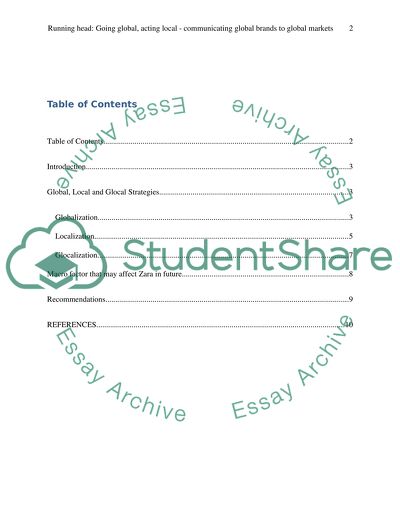Cite this document
(“'Going global, acting local - communicating global brands to global Assignment”, n.d.)
Retrieved from https://studentshare.org/marketing/1474566-ychgoing-global-acting-local-communicating-global
Retrieved from https://studentshare.org/marketing/1474566-ychgoing-global-acting-local-communicating-global
('Going Global, Acting Local - Communicating Global Brands to Global Assignment)
https://studentshare.org/marketing/1474566-ychgoing-global-acting-local-communicating-global.
https://studentshare.org/marketing/1474566-ychgoing-global-acting-local-communicating-global.
“'Going Global, Acting Local - Communicating Global Brands to Global Assignment”, n.d. https://studentshare.org/marketing/1474566-ychgoing-global-acting-local-communicating-global.


